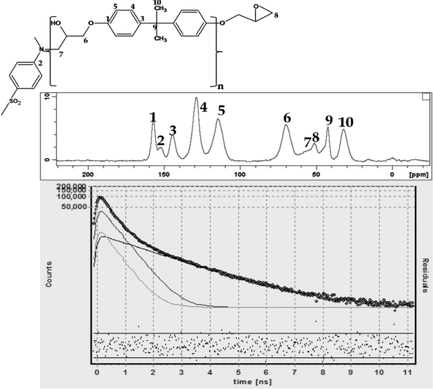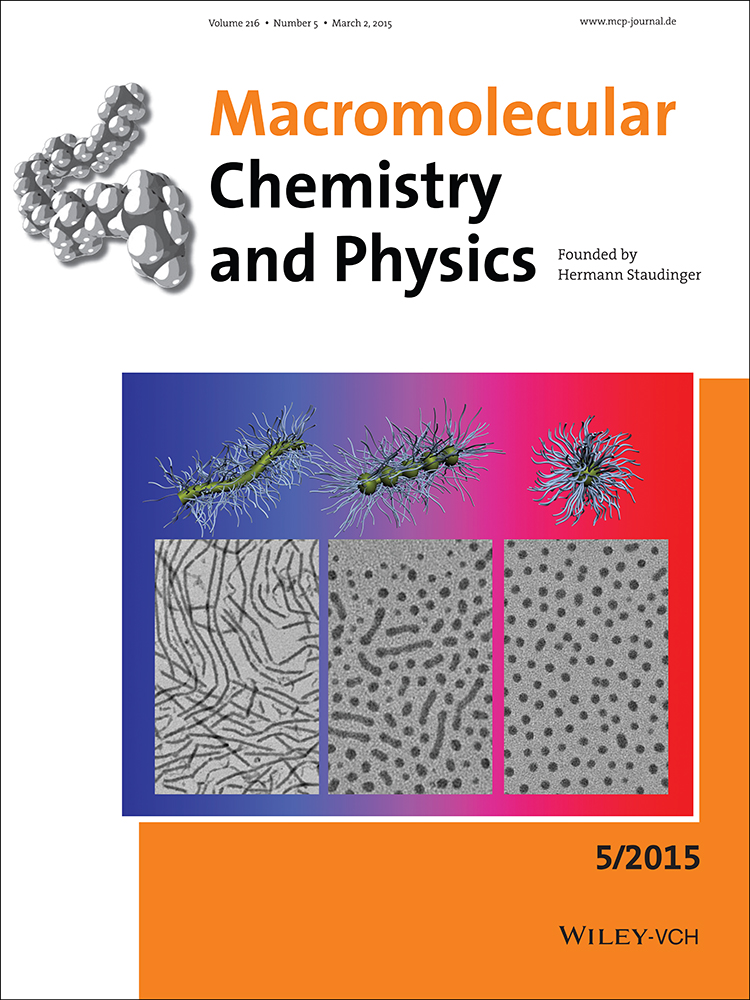Study of the Curing Process of DGEBA Epoxy Resin Through Structural Investigation
Abstract
In this work, a multi-scale approach with different analytical methods is applied to study the curing process and the structural properties of a diglycidyl ether of bisphenol A (DGEBA) epoxy resin. This monomer, thermally cured using 4,4′-diaminodiphenilsulfone (DDS) as hardener, is analyzed after 10, 45, 90, and 120 min of reaction time at 180 °C to obtain information on samples with different cross-linking densities. Samples are also characterized after extraction in acetone in order to obtain structural information on the insoluble parts. For this purpose, differential scanning calorimetry (DSC), dynamic mechanical thermal analysis (DMTA), solid-state nuclear magnetic resonance (ss-NMR), and positron annihilation lifetime spectroscopy (PALS) are employed. The importance of this multi-method approach lies in the possibility to obtain a more complete knowledge of the investigated system, overcoming the limits inherent to the use of a single technique, through the correlation among results obtained from different structural investigation methodologies.





